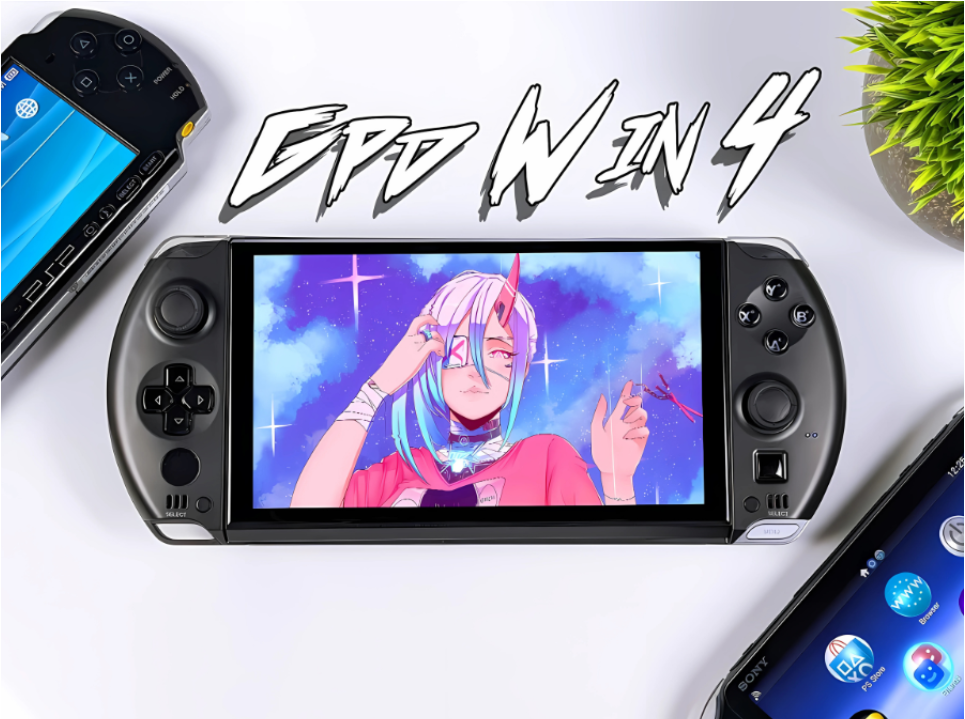Apple just did something it hasn’t done since the seismic shift to iOS 7; it completely reinvented its visual language. Dubbed “Liquid Glass” this isn’t just a fresh coat of paint. It’s a fundamental rethinking of digital materiality, launched in tandem with the most diverse iPhone lineup ever. This one-two punch is a deliberate, high-stakes strategy to combat design stagnation and redefine what we expect from our screens.
Announced at WWDC 2025, Liquid Glass is Apple’s new universal design language, a fluid, translucent material that dynamically responds to content and touch. It’s the foundation for the upcoming OS updates. This software revolution is perfectly timed with the hardware evolution of the new iPhone family: the powerhouse 17 Pro, the impossibly thin iPhone Air, the capable standard iPhone 17, and a suite of new Watches and AirPods.
To understand the philosophy behind Liquid Glass, you need to see it in motion. The launch video is a masterclass in atmospheric storytelling; skip to 1:53 if you’re impatient to see the material morph.
Liquid Glass Design Overview
The core innovation is the behavior of Liquid Glass itself. Unlike static, flat interfaces, it’s designed with the optical qualities of real glass, refracting light and creating specular highlights as it moves. It’s a UI that feels alive. This isn’t just eye candy; it’s a functional layer that intelligently adapts, morphing to reveal context menus and shrinking navigation to emphasize your content; it’s UI with a sense of physicality.
| Feature | Traditional UI | Liquid Glass | Why It Matters |
| Navigation | Static bars | Dynamically recedes | Focus is purely on your content |
| Interactivity | Button presses | Morphing fluid responses | Creates a more intuitive, delightful experience |
| Material | Flat colors | Translucent light-bending glass | Blurs the line between hardware and software |
Comparing this to previous iOS designs is like comparing a Swiss Army knife to a scalpel. Where iOS 7 was about flattening layers and bold colors, Liquid Glass is about depth, texture, and intelligent motion. The risk is obvious; it could be perceived as overly fussy. But the potential reward is a more intuitive and emotionally engaging digital environment.
Seeing the software is one thing; seeing the hardware it’s meant to adorn is another. The September event recap is a hyper-kinetic fever dream of everything announced.
September Event Quick Recap
The new iPhones are the perfect vessels for this new software. The Pro models get a vapor chamber for cooling the A19 Pro chip; a first for iPhone; addressing the thermal throttling that power users despise. The headline-grabbing iPhone Air meanwhile, is a feat of engineering, packing pro-level power into a 5.6mm titanium frame. The universal upgrade is the new “Center Stage” front camera, which automatically frames group selfies without needing to rotate the phone.
The true test is how these elements fuse together. Will Liquid Glass feel buttery smooth on the 120Hz display of the iPhone 17 or truly sing on the Pro’s vapor cooled powerhouse? Early previews suggest Apple is betting that joy and delight are the next essential specs moving beyond mere megapixels and megahertz. For a deeper dive into choosing your phone, the guided tour is essential viewing.
iPhone 17 event in 16 minutes
This is Apple’s most ambitious aesthetic gamble in over a decade. The verdict hinges on execution. If Liquid Glass feels cohesive and responsive it will be a masterstroke. If it stutters it is a distracting misstep. One thing is certain playing it safe is officially no longer in Apple’s vocabulary. Buy this if you hate predictability.


